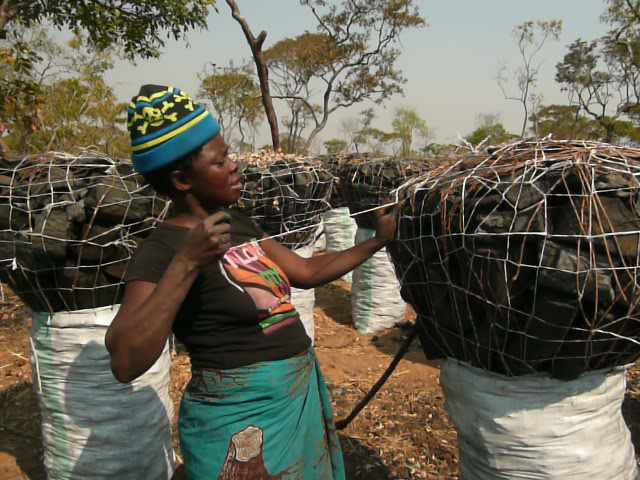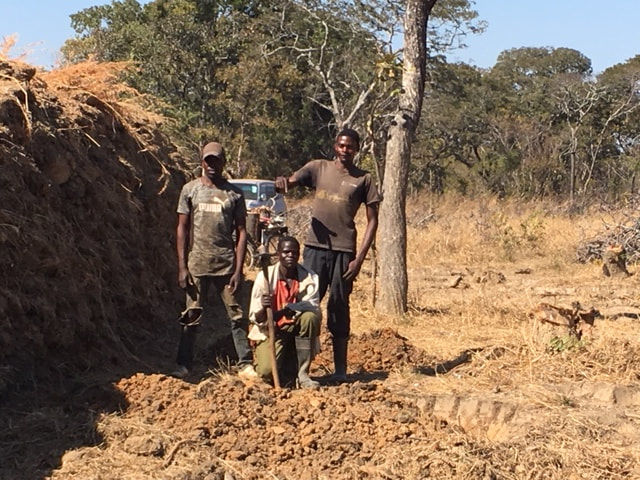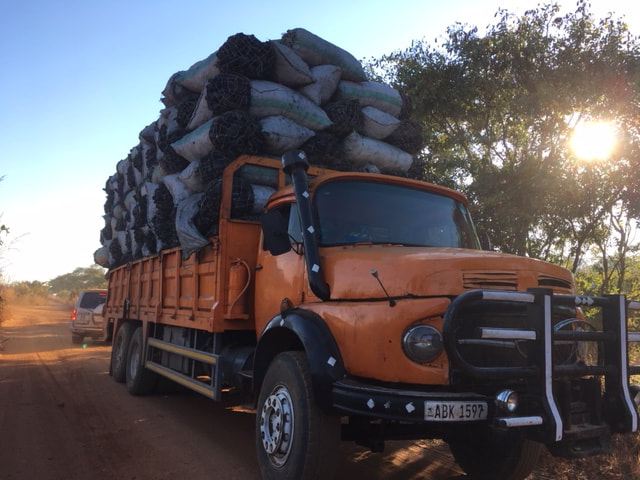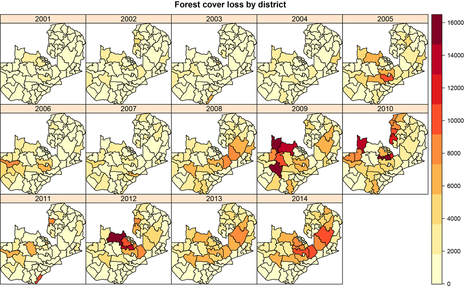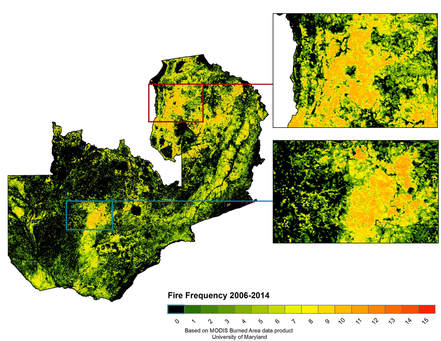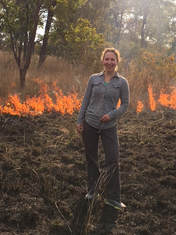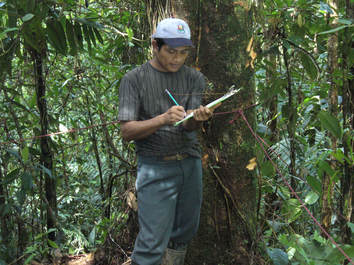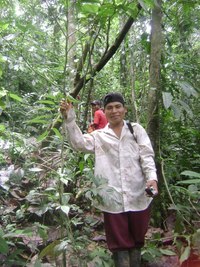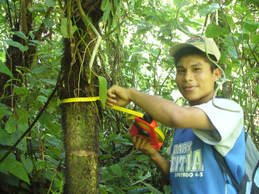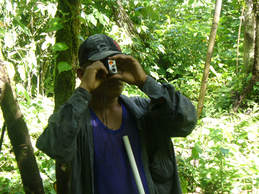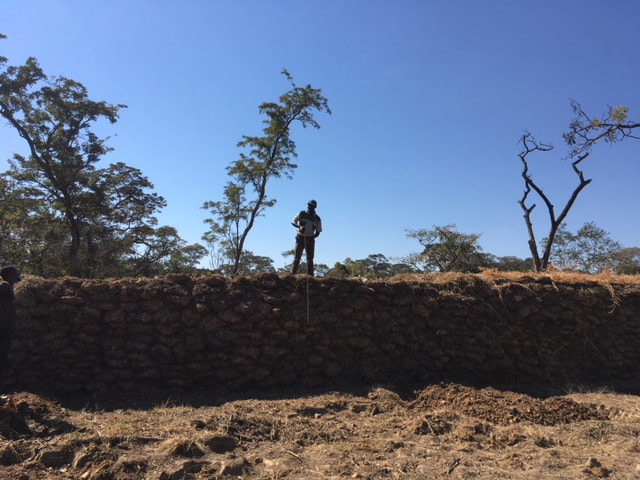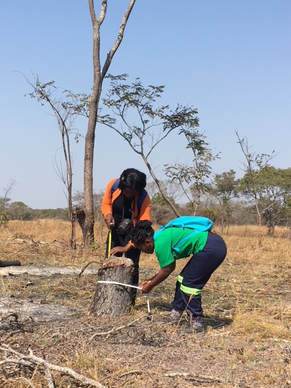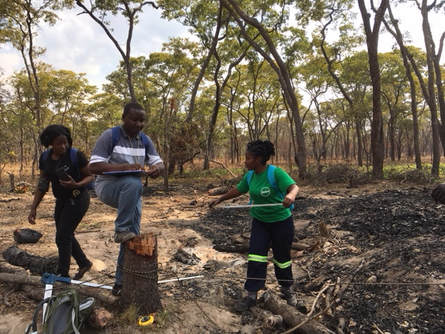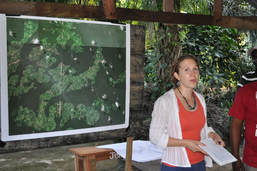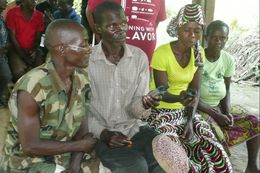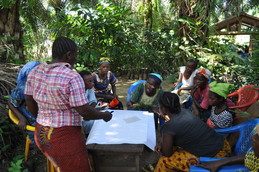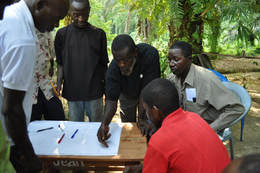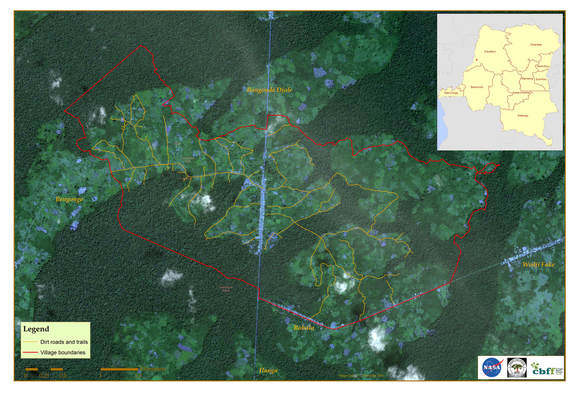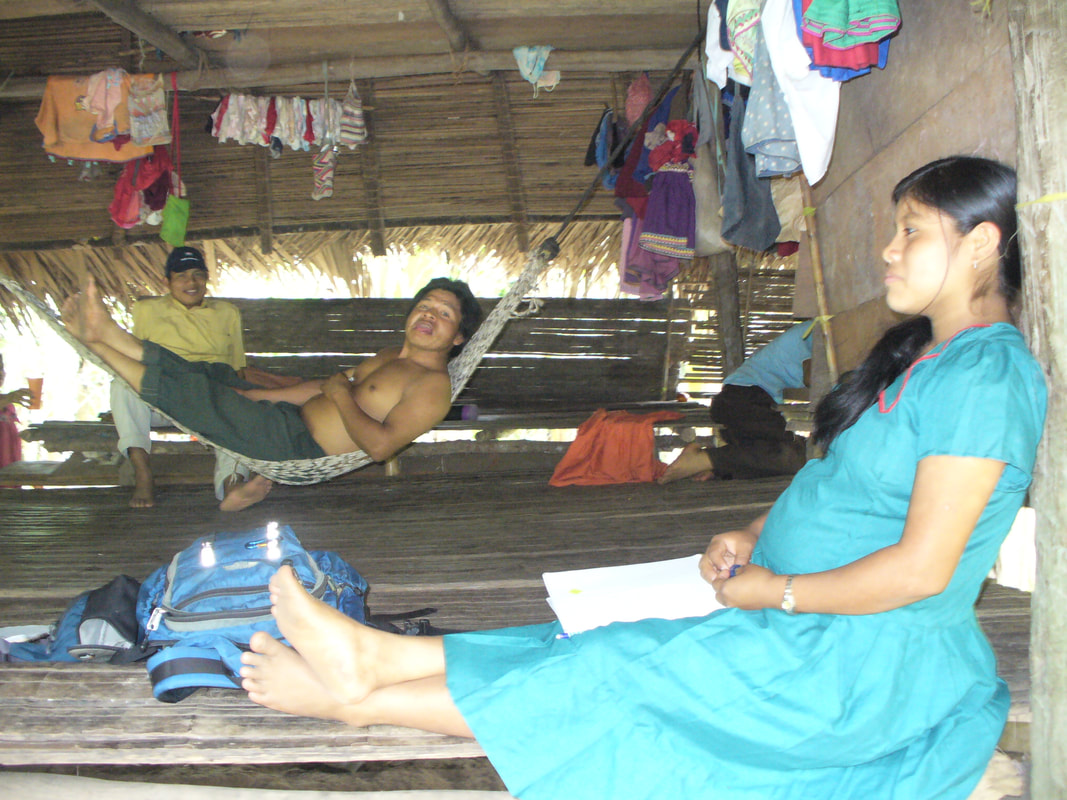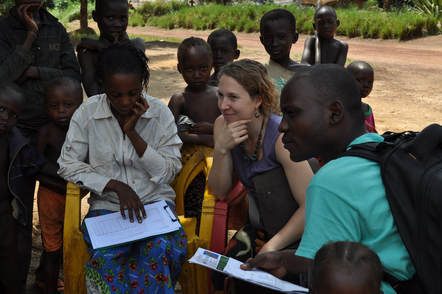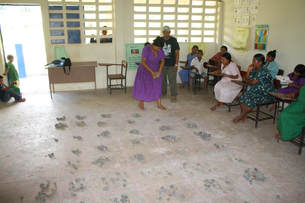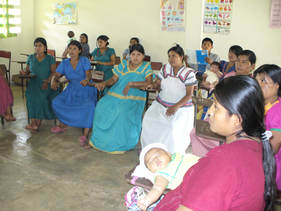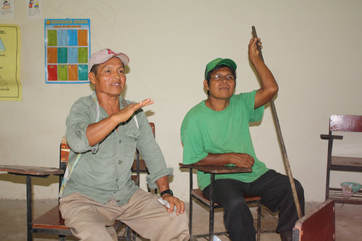Current projects
Is it possible to make wood energy sustainable now and into the future?
Using Zambia as a case study, I am examining the socio-economic and ecological impacts of the wood energy value chain in Zambia, looking at both supply and demand using a multidisciplinary approach, including:
- National vegetation survey to assess the decline in species preferred for charcoal production
- Field survey and remote sensing images to quantify the impacts of charcoal production
- Spatially explicit land use modelling to predict the impacts of future demand for wood fuel energy associated with population and income growth on forest cover change, GHG emissions and socio-economic development, and test different potential management alternatives and policy scenarios.
- National vegetation survey to assess the decline in species preferred for charcoal production
- Field survey and remote sensing images to quantify the impacts of charcoal production
- Spatially explicit land use modelling to predict the impacts of future demand for wood fuel energy associated with population and income growth on forest cover change, GHG emissions and socio-economic development, and test different potential management alternatives and policy scenarios.
Can agricultural inputs to smallholders help reduce deforestation?
General Research Approach
In the tropics, forests are essential to the livelihoods of billions of forest dependent people and are thus complex coupled human-natural systems. To be understood, forests and forest cover change need to be observed at different spatial and temporal scales but also through different disciplinary angles. I pursue a multidisciplinary approach to explore scientific questions through collaborations with both social and natural scientists working in different disciplines, government officials and local communities.
Focus on quantitative methods
Vegetation survey
Field measurements are an essential research component to understand vegetation conditions and change.
Field measurements are an essential research component to understand vegetation conditions and change.
Participatory mapping
Household survey in a REDD+ pilot project in the Democratic Republic of Congo.
Focus group discussion - using participatory methods
Working with indigenous and other forest-dependent people, I have adopted participatory methods and approaches as effective tools to harness local knowledge to address scientific questions and bridge the gaps in knowledge systems.
Working with indigenous and other forest-dependent people, I have adopted participatory methods and approaches as effective tools to harness local knowledge to address scientific questions and bridge the gaps in knowledge systems.
